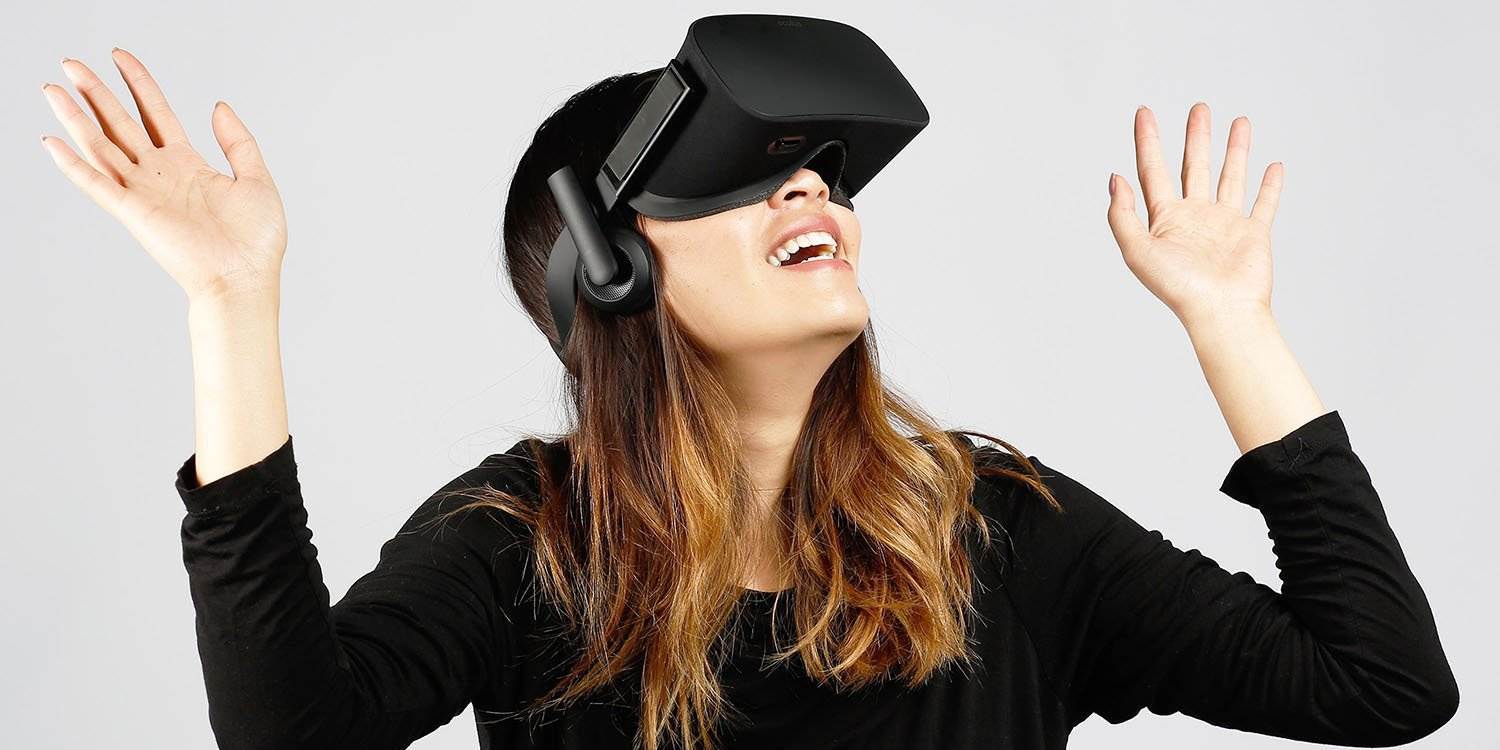Virtual Reality (VR) and Augmented Reality (AR) is easy enough to understand for many internet denizens. Average shoppers, however, might not be so in the know as their online brethren. The Straits Times recently published a guide to help understand the differences between the two technologies, as well as Mixed Reality (MR). The article makes for funny reading for those already in the know, with its simplistic explanations. However, the existence of this kind of article in a major publication could suggest that the technology is not ready for wider adoption.
image courtesy: techinsider.io
The Helpful Guide
Starhub is the one responsible for putting together this handy guide in The Straits Times. More than performing a public service, the reason was to plug their VR and AR aspirations and achievements. The need for this list is rather amusing, but it does a good job of explaining the technology in layman’s terms.

image courtesy: uploadvr.com
For AR, for example, the article reads, “AR overlays digital objects on top of your view of the real world, such as through a phone camera.” For any Pokémon Go players who have had a hard time explaining exactly what the app this to their relatives, this is a great help. Pokémon Go is unsurprisingly the go-to example for AR applications.

Microsoft’s Hololens is being sold as MR. Image courtesy: recode.com
Mixed Reality is an interesting addition to the list because the definition coined by Paul Milgram and Fumio Kishino covers both VR and AR. However, The Straits Times calls it, “a combination of AR and VR. In MR, digital objects get anchored to points in the real world and interact with each other in real time. This means that digital objects react with the real world objects that appear on your phone’s screen.” With the advent of Google Tango, it could be important to differentiate different forms of AR. MR might well be the solution to that.
Why is the list important?

image courtesy: realitytechnologies.com
Apart from the obvious application of helping non-technophiles understand the new technologies, the list could be a sign of an issue in Singapore. VR and AR have so far been marketed towards gamers and content creators interested in the technology. For the new technology to succeed, however, wider adoption is necessary. With VR and AR being a potential goldmine in the future, it would make sense for marketing efforts to shift to the more casual market, just like gaming did with the advent of mobile gaming.
Source: straitstimes.com







